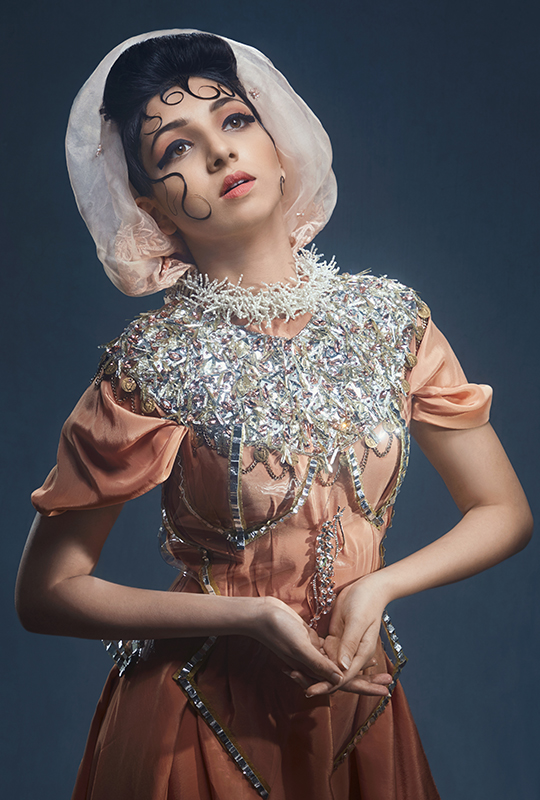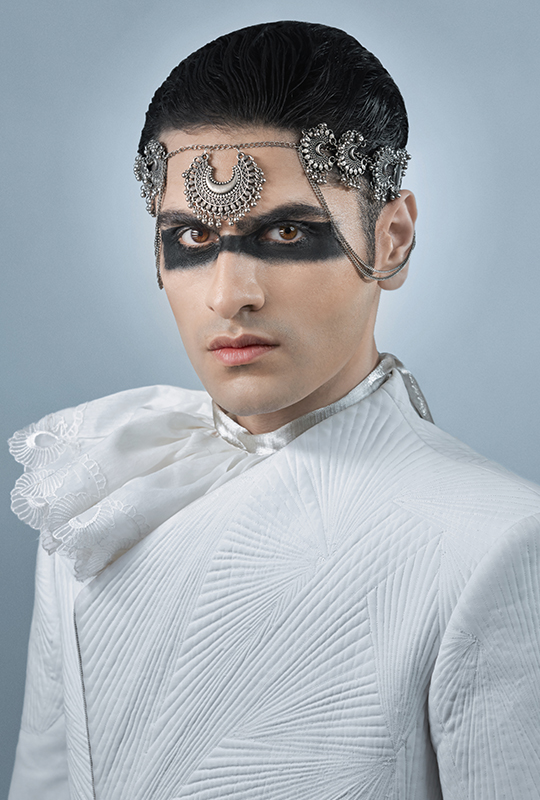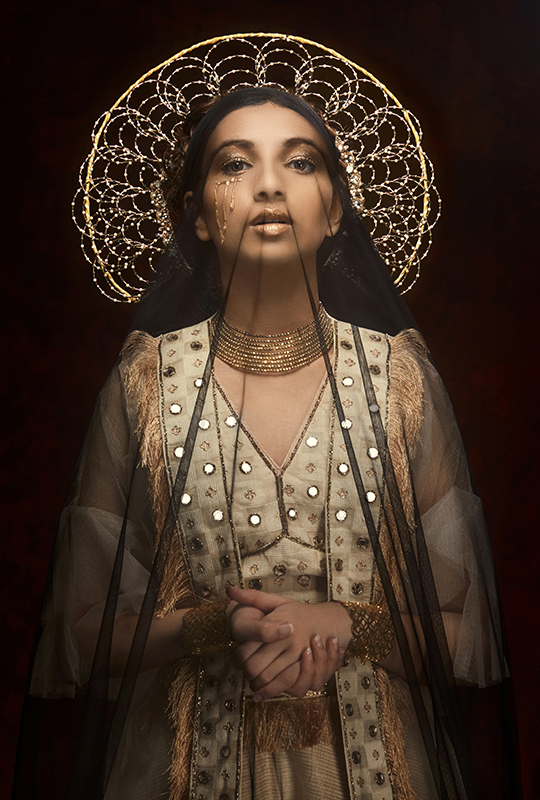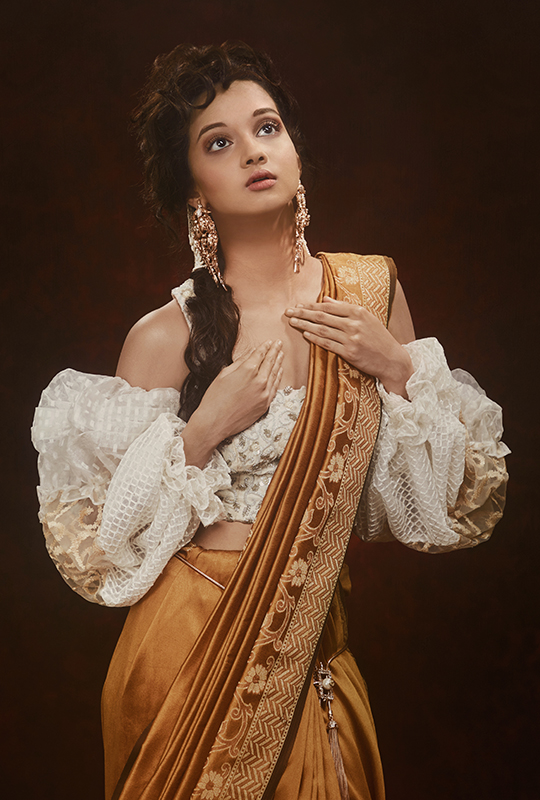
EOS 5D Mark III, EF24-105mm f/4L IS II USM, f/9, ISO 100, 1/160s, 85mm
What initially began as a Master of Fine Arts graduation thesis quickly evolved into a cultural narrative for Shahzad Bhiwandiwala (@shahzadbhiwandiwala), a fashion, beauty and narrative photographer who hails from Mumbai, India. Viewed through the perspective of a fictional royal family, the multi-award-winning "Indian Renaissance" offers up intriguing insight into how the European Renaissance movement might have influenced Indian royalty throughout the centuries.
For "Indian Renaissance”, Bhiwandiwala drew upon various life experiences to frame his vision, which was self-evident through his use of punchy lighting and smooth transitions with the project. We speak with Bhiwandiwala to find out more about the work that went into "Indian Renaissance" and how he realised his success amidst a global pandemic.

EOS 5D Mark III, EF70-200mm f/2.8L IS III USM, f/9, ISO 100, 1/160s, 135mm
What was your inspiration behind "Indian Renaissance"?
As an Indian, I have rarely seen Indian artists tackle what-if scenarios relating to Indian Art and cultural history. Keeping this in mind, I came up with "Indian Renaissance – What Could Have Been" – a what-if scenario where Indian royals were inspired by the European Renaissance, specifically the High Renaissance period, and how that historic change would have translated to modern-day Indian fashion. I have always been curious about how the European renaissance would have influenced India.

EOS 5D Mark III, EF24-105mm f/4L IS II USM, f/8, ISO 100, 1/250s, 105mm
What are the thought processes you have before you shoot? (i.e. do you make sketches of the image you have in mind and plan around that?)
I draw a lot of my visual inspiration from films, theatre and video games. Having spent several years as an actor in the musical theatre circuit of Mumbai, I passively learnt a lot about lighting from observing how a scene is lit.
For the lighting, I would do a lot of tests and see what works and what doesn’t. When something works, I create a lighting diagram for it and refer to that on the day of the shoot. I like having a very structured shoot where I have a broad idea of what I am pursuing, but I make sure to leave enough room for improvisation both in terms of directing the talent and from the technical side of things. Some of my best images have come through this approach, and it fosters a very collaborative atmosphere on set.
Mood boards are my go-to method of communicating my visual goals with my team. That transitions to a brainstorming session where we come up with the final looks for makeup and styling through sketches that they would create and I’d sign off on.

EOS 5D Mark III, EF24-105mm f/4L IS II USM, f/7.1, ISO 50, 1/200s, 85mm
How different were the early images that you shot for Indian Renaissance compared to the later ones?
The project that preceded "Indian Renaissance" was called "Royalty", which was shot in San Francisco and was a visual exploration of what renaissance fashion would look like in the 21st century. "Royalty" came about out of my idea of what reinventing Indian fashion could look like. With limited access to Indian fashion, I decided to go with the Renaissance period.
I returned to Mumbai when news of the lockdown broke, but I knew I wanted to complete my degree by the end of the year. I went back to my Indian fashion idea and added the "Indian Renaissance" element to it, effectively creating a hybrid of the two projects.
Looking back, from a photographic standpoint, "Indian Renaissance" clearly emerges as the more fleshed out and informed project as I could bring all that I learnt from "Royalty" over to it and elevate it to an industry-ready project as opposed to a student thesis project.

EOS 5D Mark III, EF24-105mm f/4L IS II USM, f/8, ISO 50, 1/200s, 85mm
What camera gear did you use for "Indian Renaissance"? What features about your gear helped you to shoot more effectively?
I used my trusty Canon EOS 5D Mark III with the EF24-105mm f/4L IS II USM and EF70-200mm f/2.8L IS III USM lenses for this project, along with Profoto studio lighting. With the time constraints in mind, I needed the gear to be an afterthought and not something I would need to consciously address. To that end, the Canon EOS 5D Mark III was the obvious choice for me as it is like an extension of my hands. It’s intuitive and trustworthy and just does what it’s supposed to do. The Canon colour science for skin was perfect for this project, and the RAW files had enough detail for me to work with. Quick AF in-studio with minimal hunting makes this camera a breeze to work with and having used it across a variety of projects meant that I knew exactly what I could achieve with this setup.
If you'd like to produce more eye-catching portraits, experimenting with lighting and different visual elements can often yield interesting results. Alternatively, catching up with some genuine pro-tips wouldn't hurt either.
For more related articles, see:




































